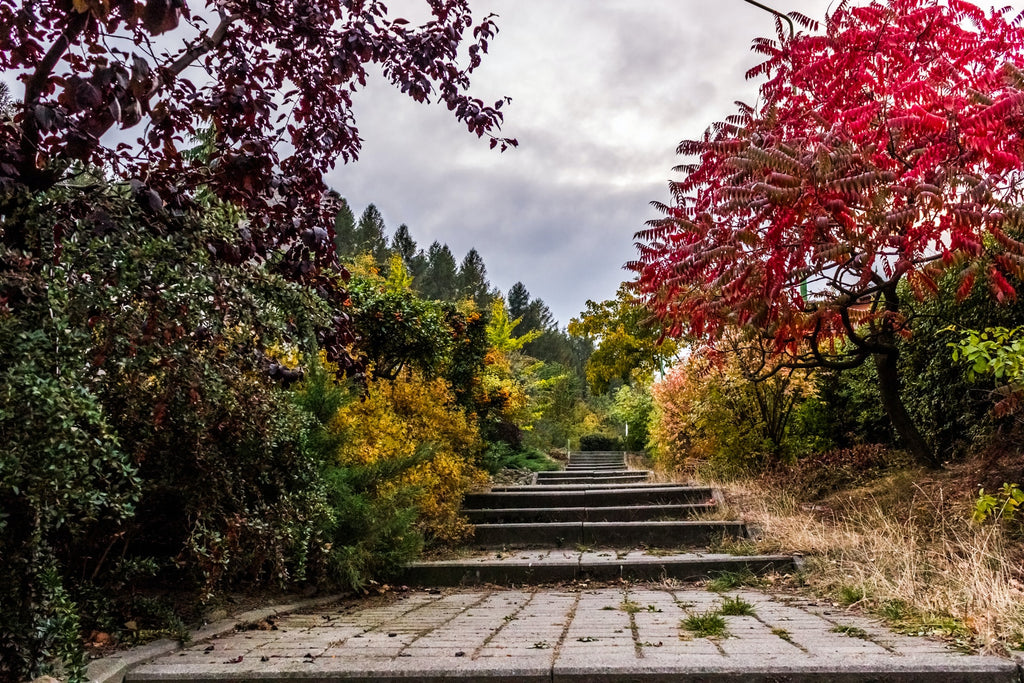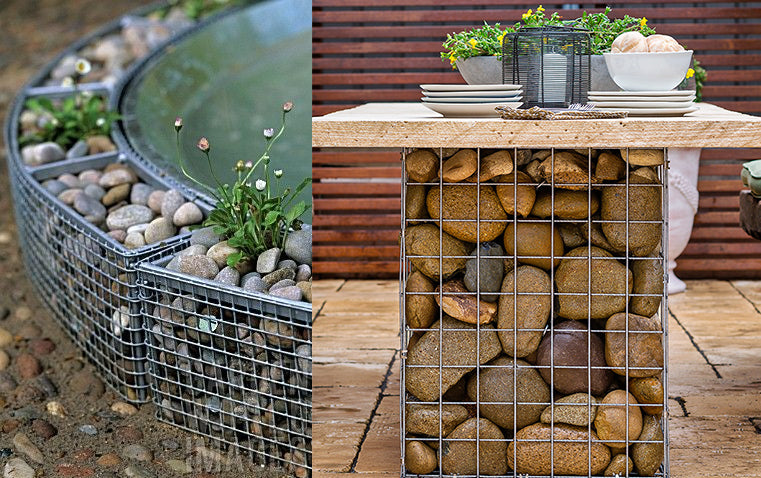
Landscape Design Principles For Residential Gardens

’s tempting, in a field as subjective as garden design, to feel that rules do not apply. However, after 28 years and hundreds of projects later, I’ve come to believe in certain rules and guidelines that are neither fussy nor constraining. All have proven invaluable to me over my years of garden-making. Applied by any gardener, amateur or professional, they will result in a more successful, satisfying design.
Let’s start with two rules that can kick-start the process of laying out a landscape, then move on to guidelines that help in scaling the proportions of a garden’s elements and, finally, to choosing and using the right plants.
01: OBEY THE "LAW" OF SIGNIFICANT ENCLOSURE
Yes, this one’s a “law,” not just a rule! It addresses the root meaning of garden, which is “enclosure.” This, to me, is absolutely critical in creating a sense of refuge and of feeling oneself within nature’s embrace. The law of significant enclosure says that we feel enclosed when the vertical edge of a space is at least one-third the length of the horizontal space we’re inhabiting. Probably derived from behavioral psychology studies, this rule came to me from a professor in graduate school, and it was one of the best things I learned.
02: FOLLOW THE REGULATING LINE
My formal architectural education also introduced me to the concept of the “regulating line.” The idea is that an element of architecture (for example, a doorway, or a building edge, even a window mullion) or a distinctive landscape feature (prominent tree, existing pool, property boundary) can “generate” an imaginary line that helps connect and organize the design. For example, in laying out one backyard, I projected the lines of its building addition into the garden space and then aligned the swimming pool and wooden walkway with those lines. The result is orderly and cohesive, even after being softened with planting. “A regulating line,” wrote the great architect (and theoretician) Le Corbusier, “is an assurance against capriciousness…It confers on the work the quality of rhythm…The choice of a regulating line fixes the fundamental geometry of the work....”
03: USE THE GOLDEN RECTANGLE TO GET PROPORTIONS RIGHT
Certain rules help us refine design. One is the Golden Ratio which is a ratio of proportion that’s been observed in everything from the Great Pyramids at Giza to the Greek Parthenon and has been used throughout history as a guide to a pleasing sense of balance and order. The practical application that I make of the Golden Ratio involves its sibling, the Golden Rectangle, in which the ratio of the short side to the long side is equal to the ratio of the long side to the sum of both sides (a/b = b/a+b)—you probably didn’t know that landscape architects had to learn math. Numerically, the Golden Rectangle ratio is close to 1: 1.6, a proportion I regularly use to lay out terraces, patios, arbors, and lawns. The raised beds in my vegetable garden are 5 by 8 feet. It’s a rectangular proportion that always looks good—they don’t call it golden for nothing!
05: SIZE MATTERS
A final rule related to scale and the sculpting of space is this: Go big. Faced with a decision to make a staircase wider or narrower, a pool longer or shorter, a pergola higher or lower, the answer is almost always the former. In my own garden, I remember laying out an arbor, with its posts 10 feet high, and listening to trusted friends wondering whether it wasn’t “a little too tall.” Thankfully I stuck to my guns, and some 18 years later, wreathed in wisteria and anchored at the ground by clusters of pots, the arbor seems just right.
06: PLANT BIG TO SMALL
It’s with plants, probably more than any other element of gardens, that the infinite variation and fickleness of nature is most evident—and so perhaps, they are the trickiest to prescribe rules for. And yet, successful planting is the crowning touch of a garden. Three rules have always served me well.

